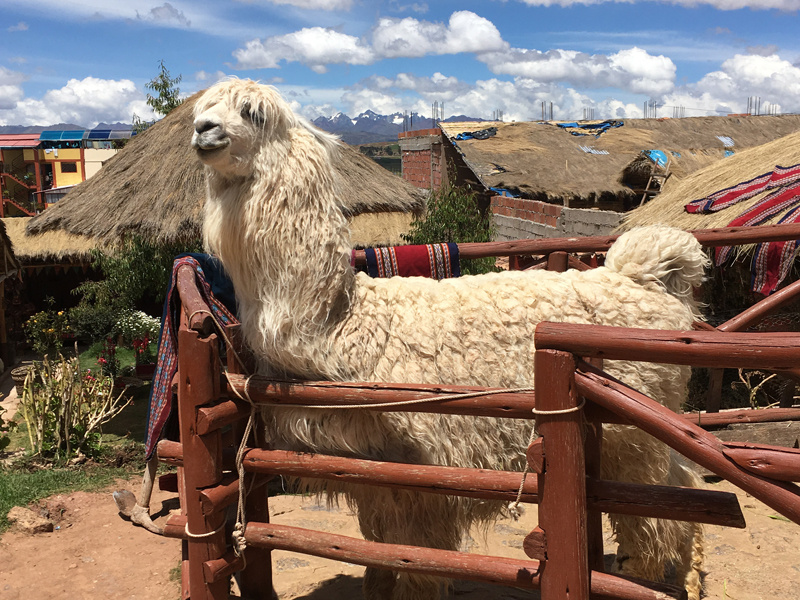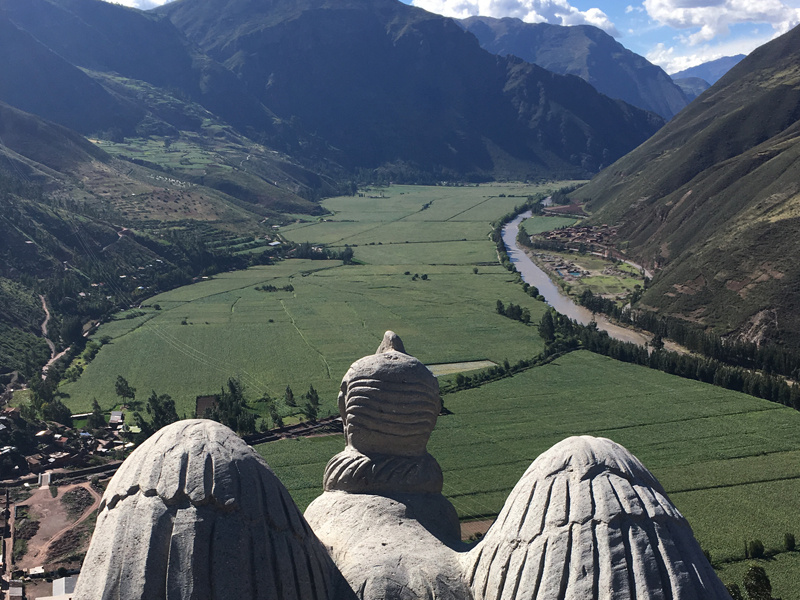Insights into the traditional textile market of Peru

Lourdes Martinez is a 2016-2017 Net Impact Fellow and a student at Parsons School of Design. She is a part of the Impact Design cohort and through her project, Lourdes plans to promote sustainability within the Parson’s community using the Design Thinking methodology as a tool. Read on learn more about Lourdes' trip to Cusco, Peru to understand the system dynamics of local businesses - how goods flow and the social impacts associated with them.

During the days I was in Cusco I had the chance to have classes and learn how to weave using antique techniques. Also, I visited the main artisanal markets, design stores and textile museums in Cusco and the Sacred Valley. From observation, immersive experiences, interviews and shadowing I discovered the following characteristics of Peru’s Traditional Textiles Market.
The Young Weavers

The Traditional Value

Business Know-How
Cusco is a magnificent place. You can breathe the creative vibe wherever you go. Traditional weavers are full of creativity, from the way they make the colors from organic matters, to the way they design their products and their patterns. However, they lack a business know-how and that is another barrier they find when they want to promote their products and keep weaving. One of the best choices for them is to sell their products to a third party who pays them less than 50% of their final retail price and this is called fair trade.
It’s clear to me that Peru’s Traditional Textiles have such a great cultural value that they we shouldn’t lose them. They are part of our identities. However, for this to happen the traditional weavers need help in their business know-how and marketing skills. They need advice about how to make their business model sustainable, how to charge according to the time invested in each product and how to contact interested people who are willing to buy their crafts.
Learn more about the Net Impact Fellowships, our four cohorts - Impact Design, Criminal Justice, Healthy Food, and Racial Equity - and all of our amazing fellows here.




